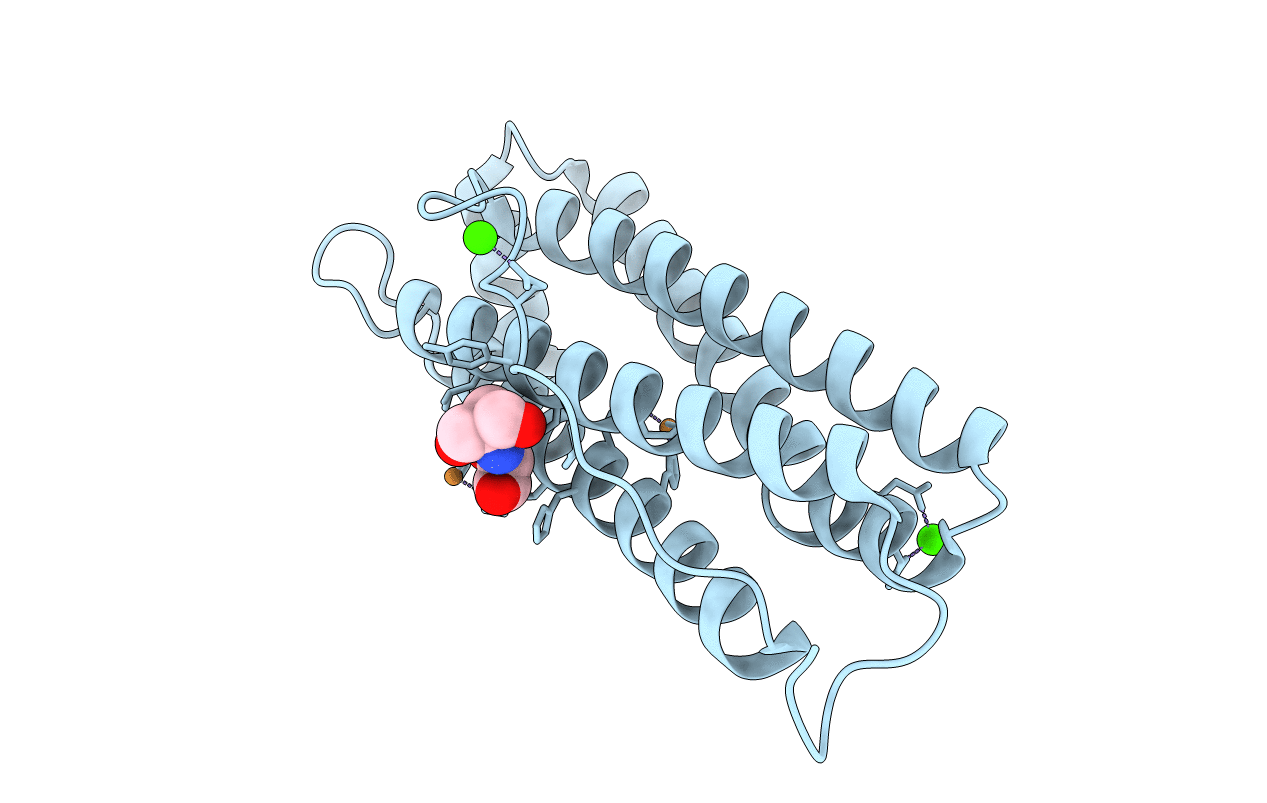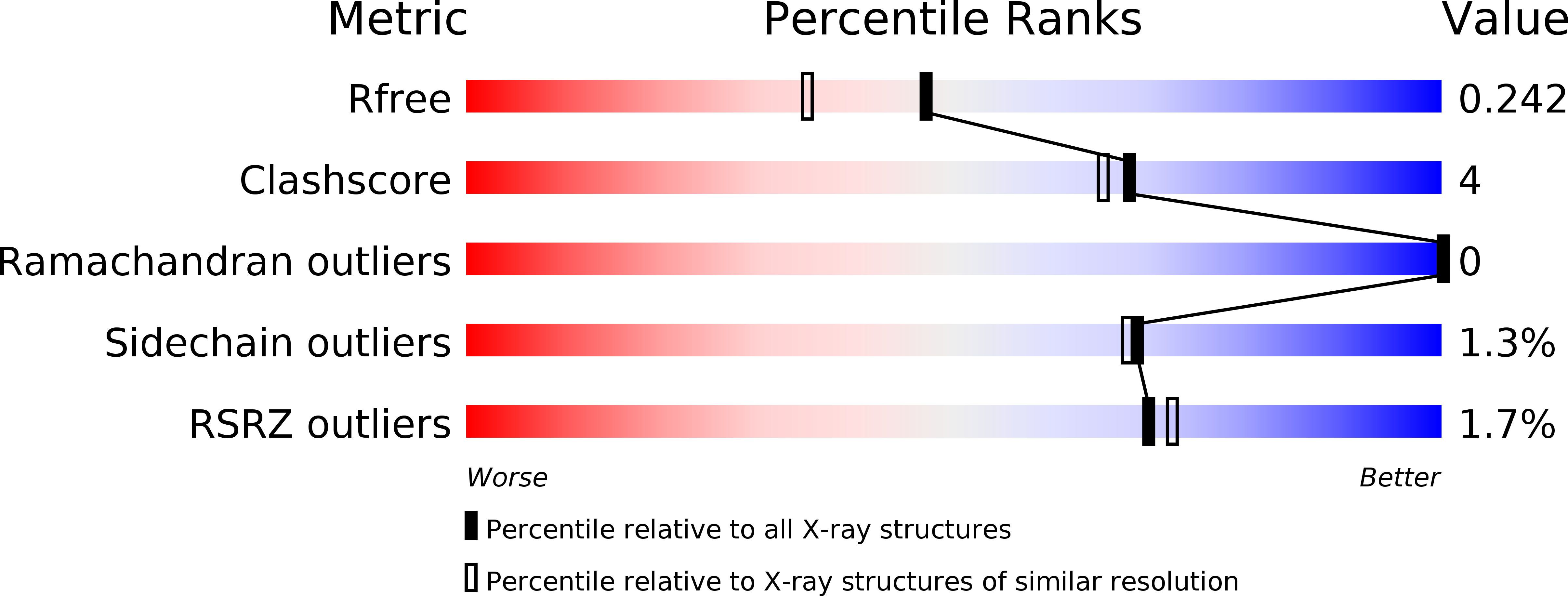
Deposition Date
2012-02-29
Release Date
2013-01-23
Last Version Date
2023-09-13
Entry Detail
PDB ID:
4DYY
Keywords:
Title:
Crystal Structure of the Cu-adduct of Human H-Ferritin variant MIC1
Biological Source:
Source Organism:
Homo sapiens (Taxon ID: 9606)
Host Organism:
Method Details:
Experimental Method:
Resolution:
1.90 Å
R-Value Free:
0.24
R-Value Work:
0.21
R-Value Observed:
0.21
Space Group:
F 4 3 2


